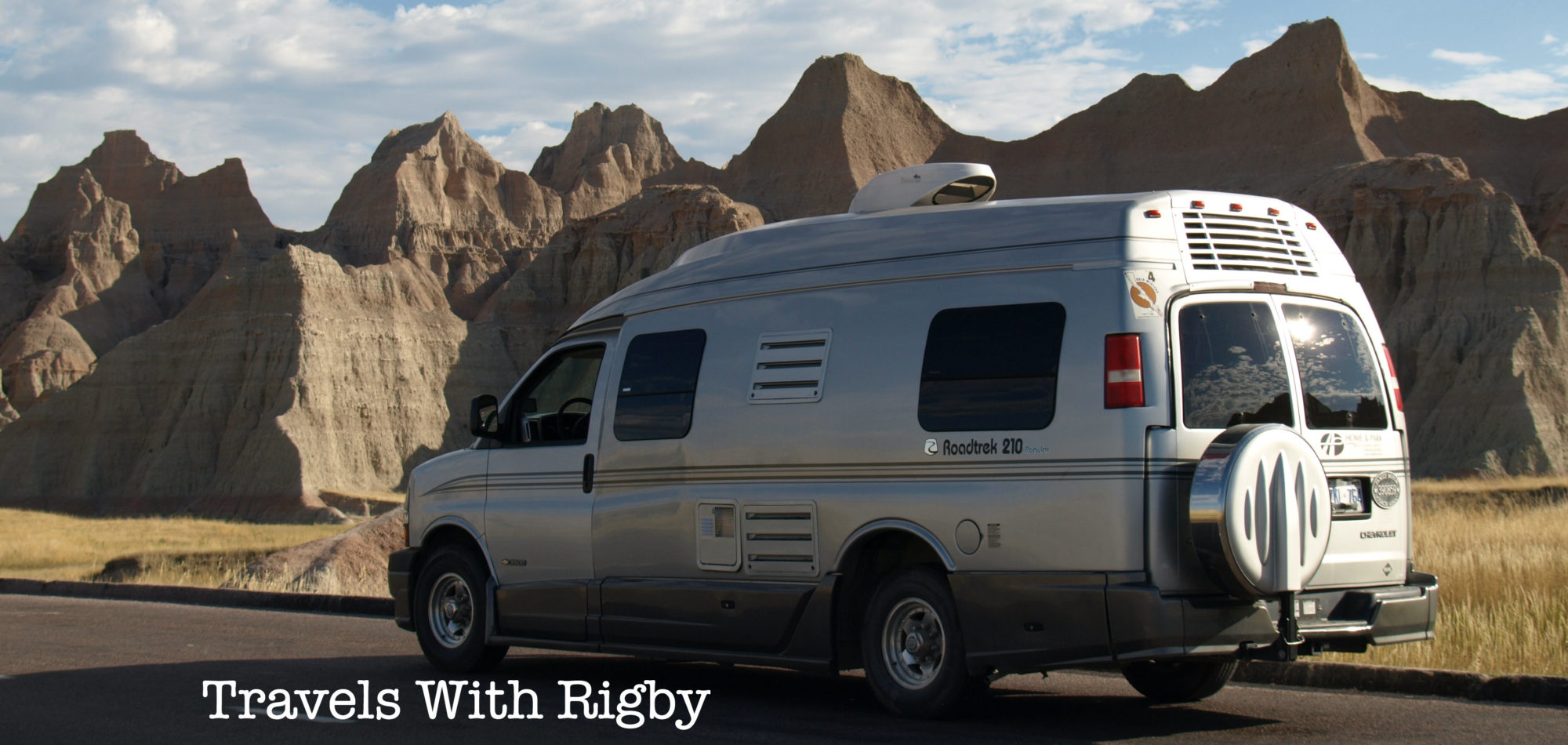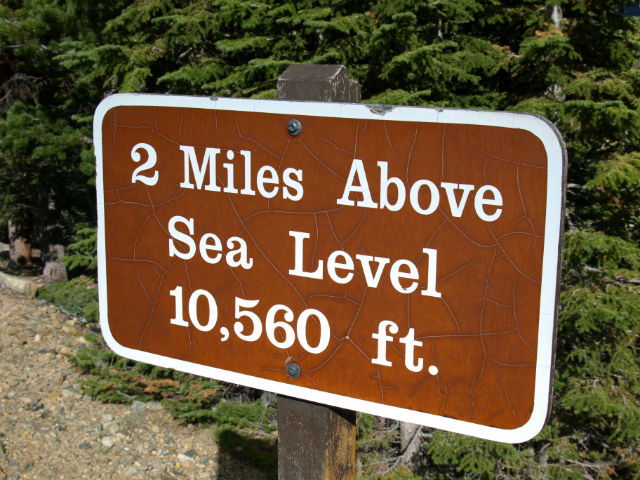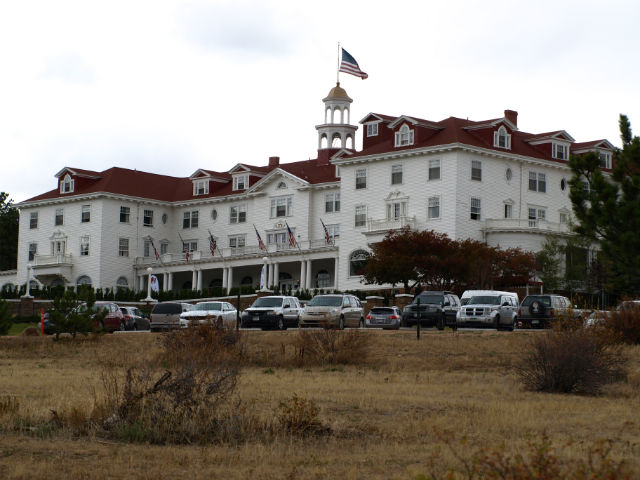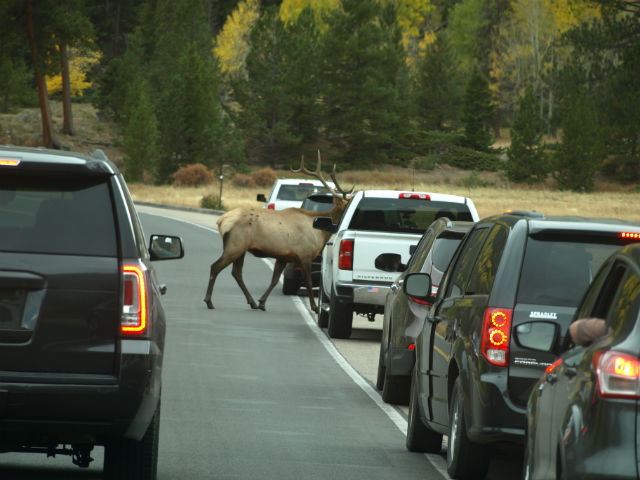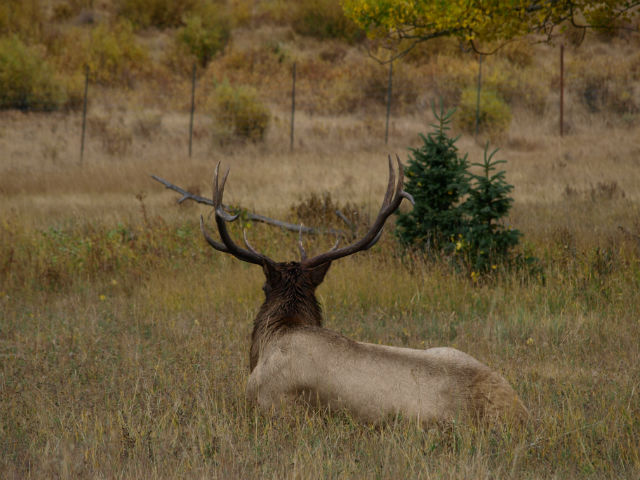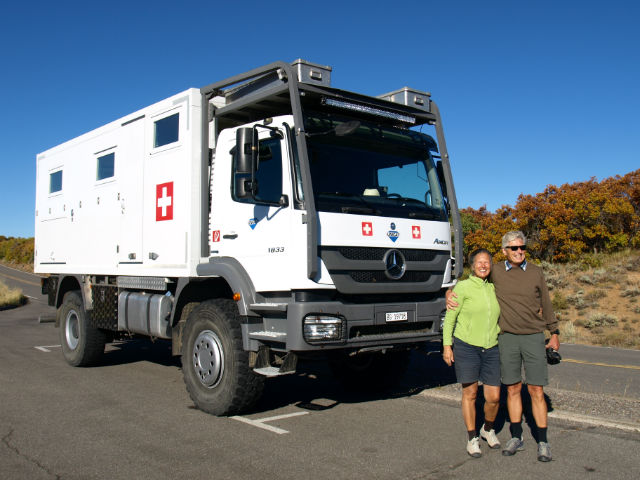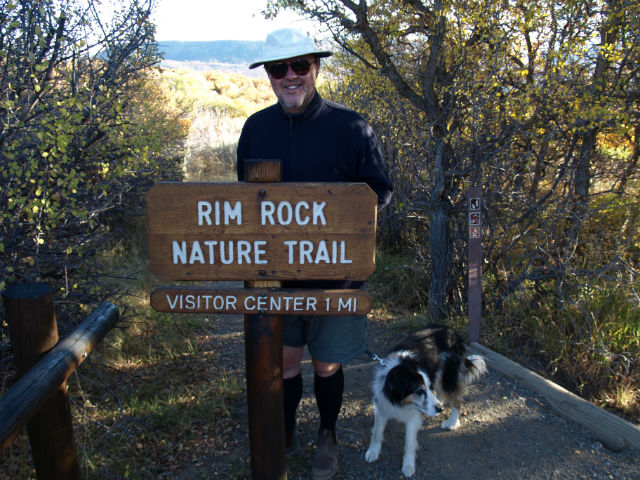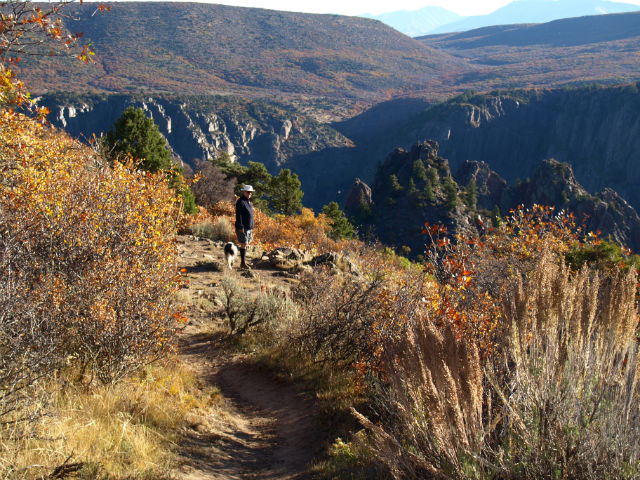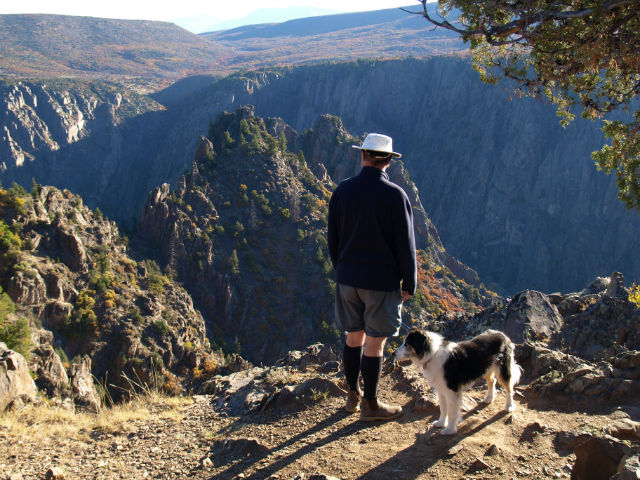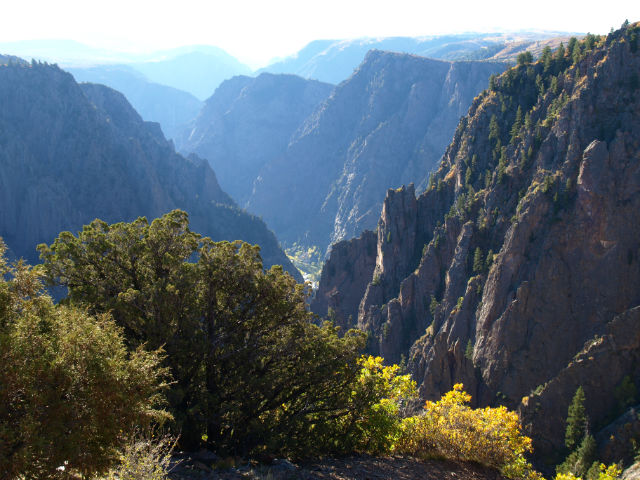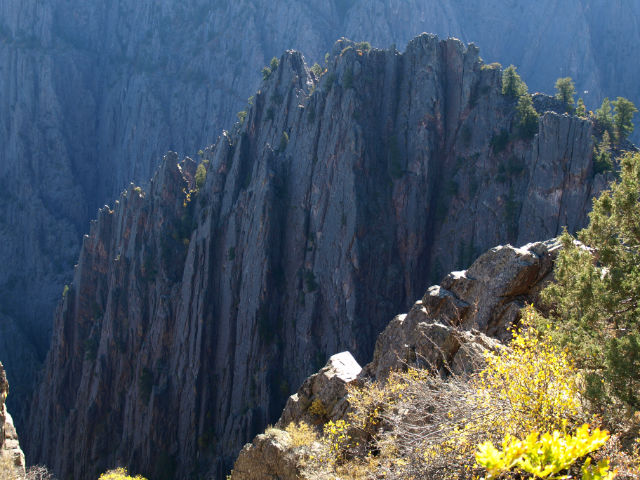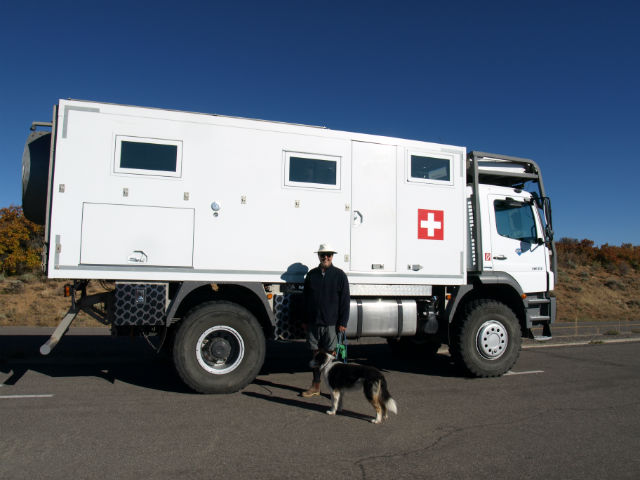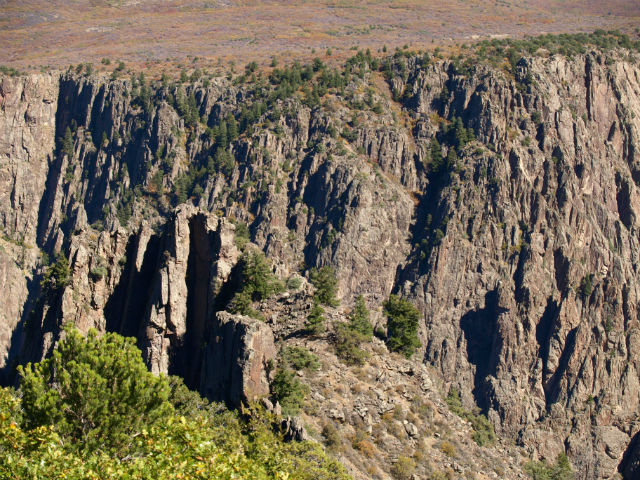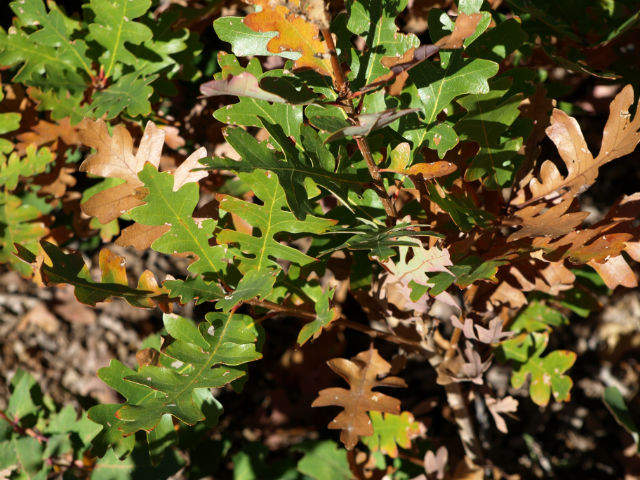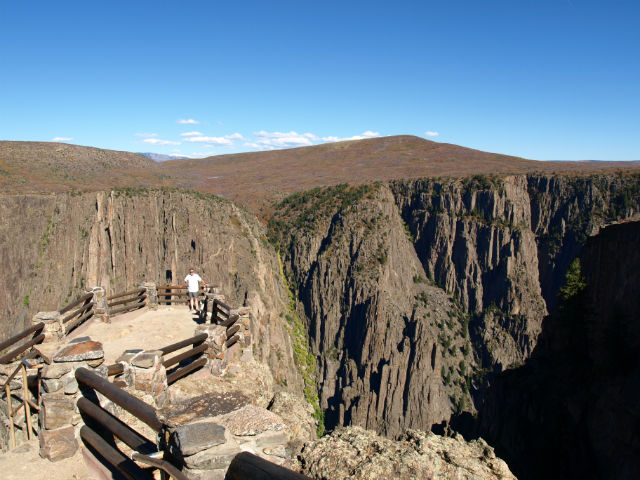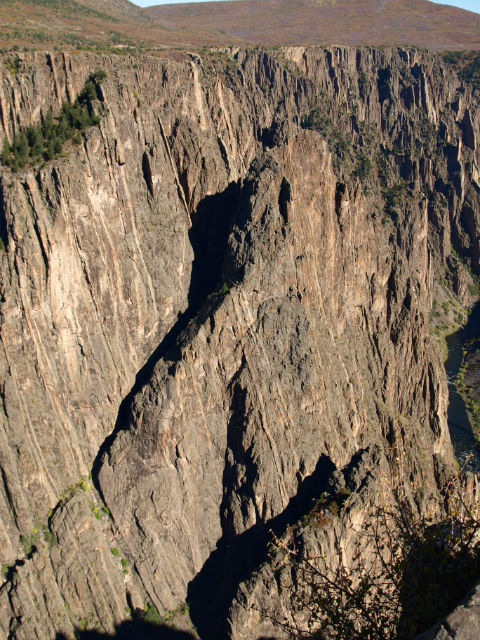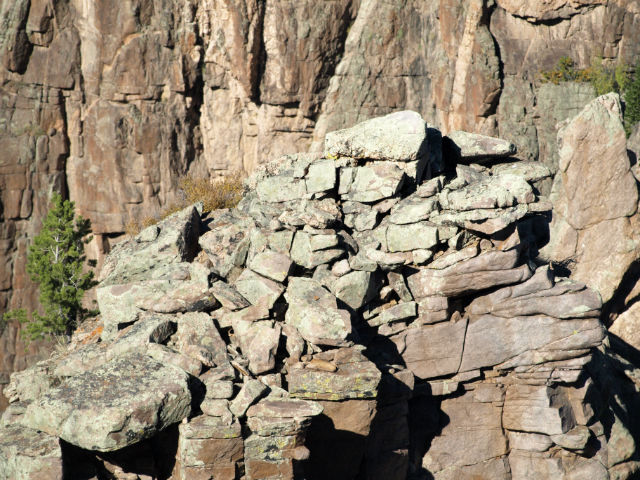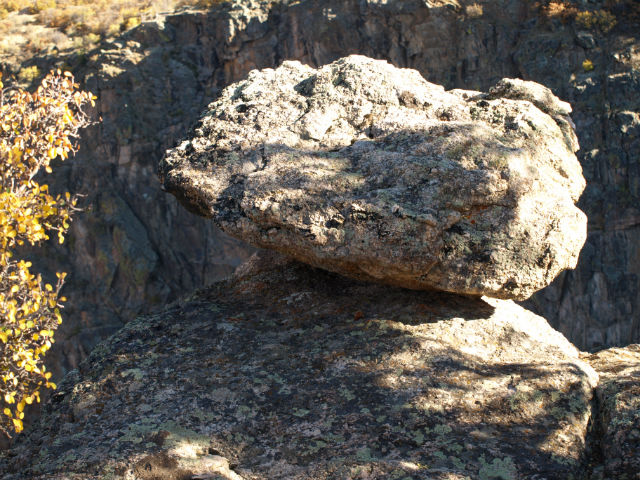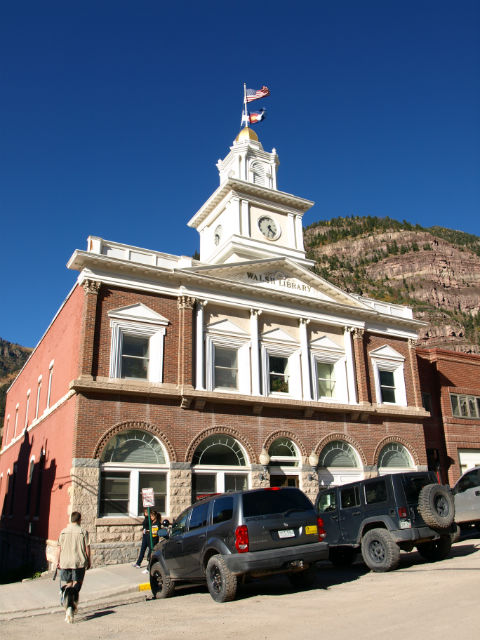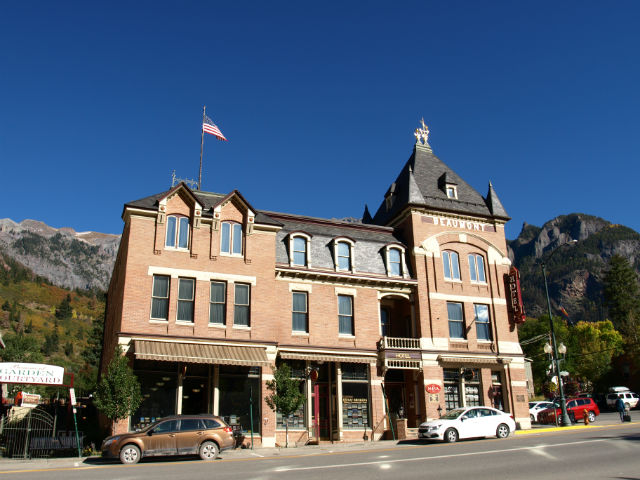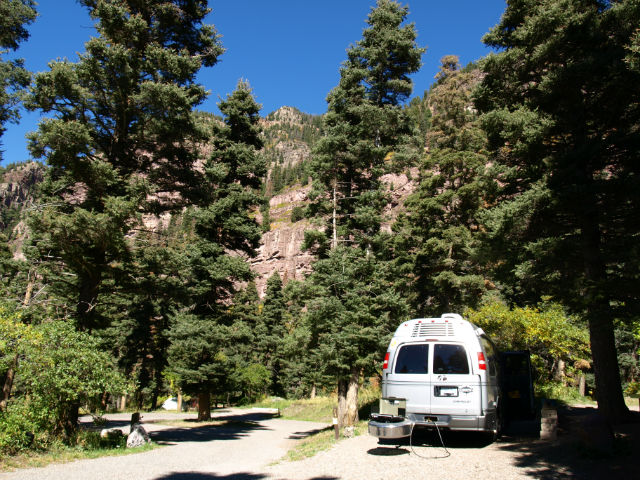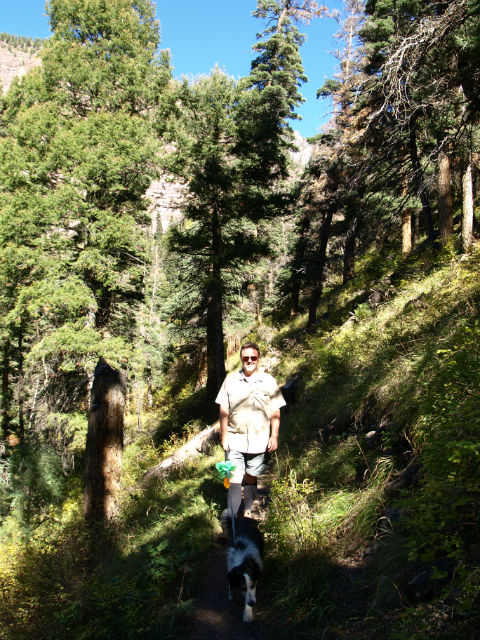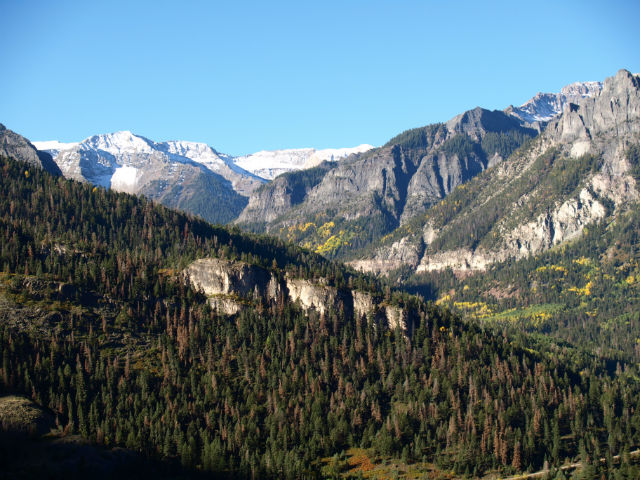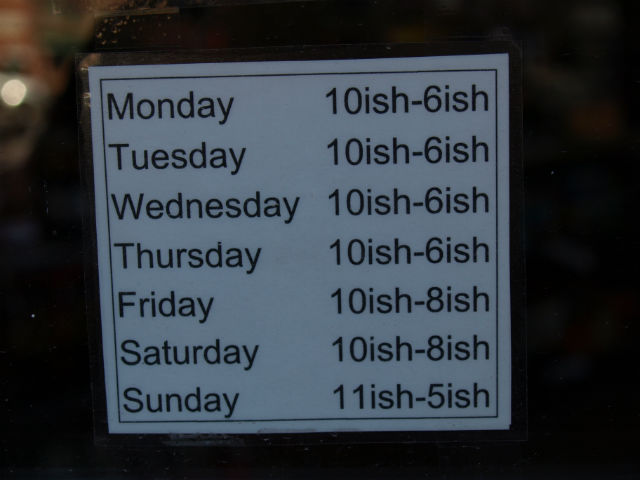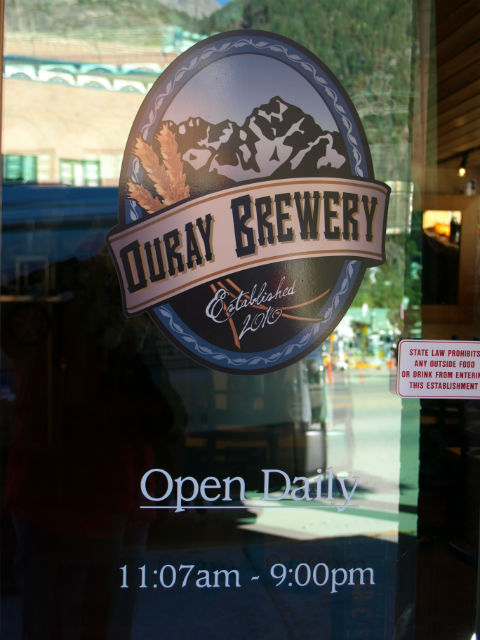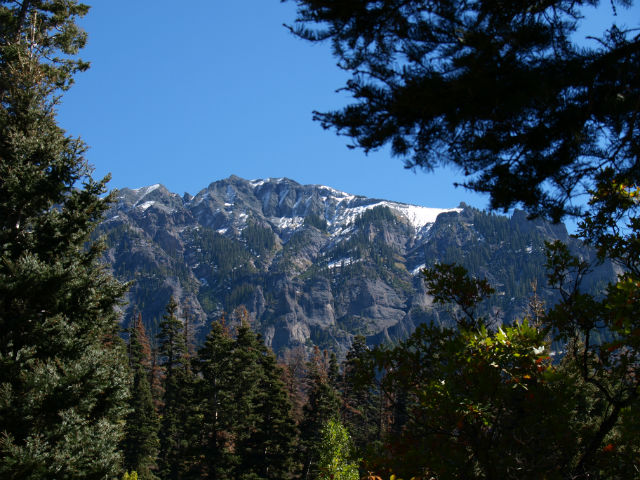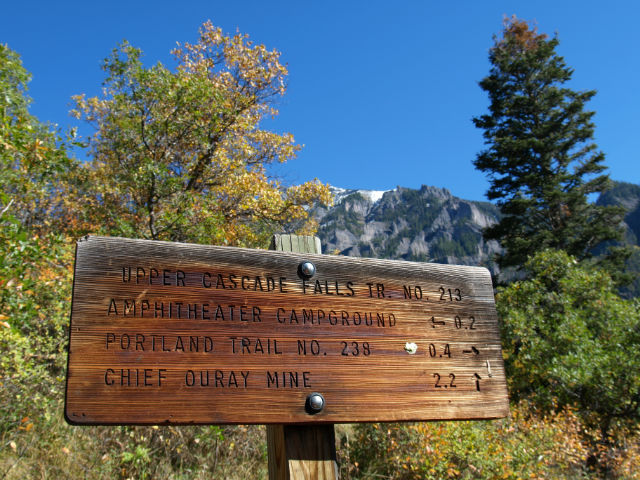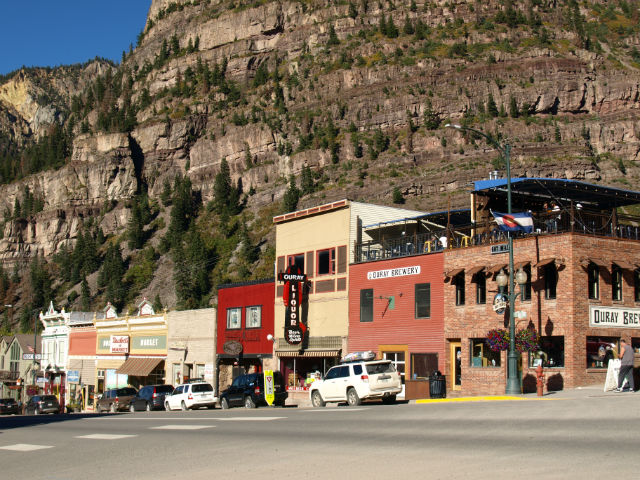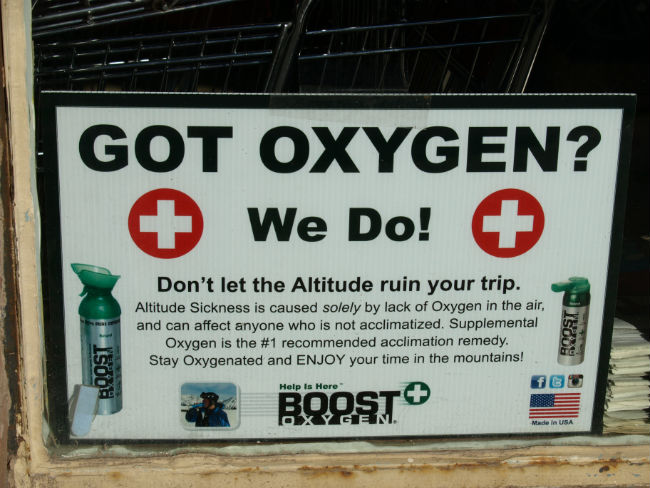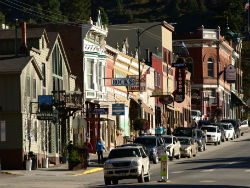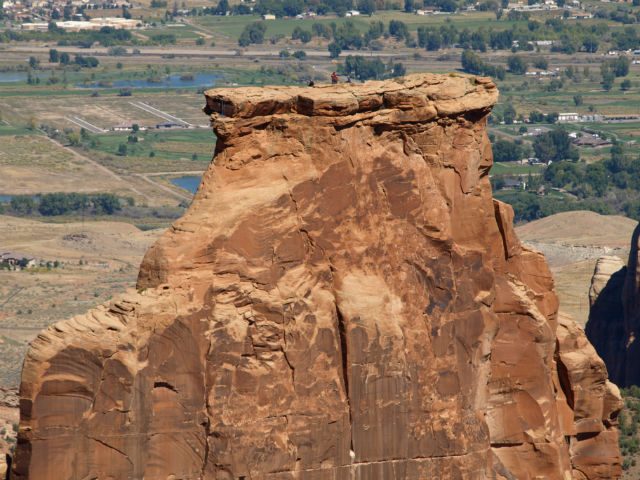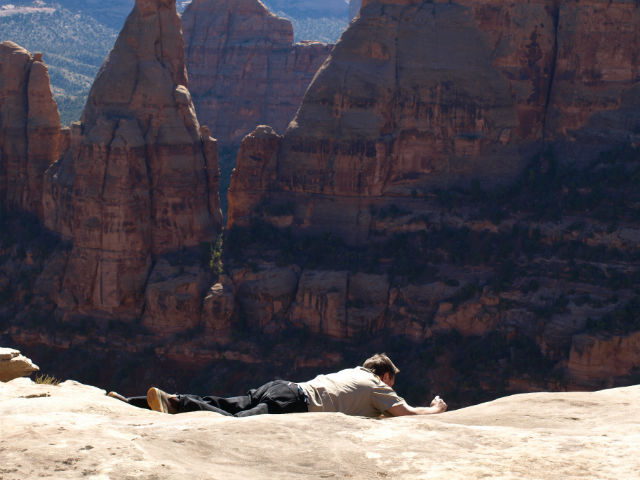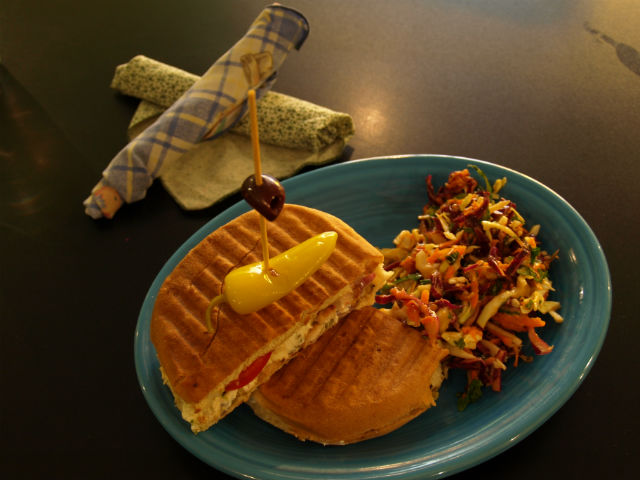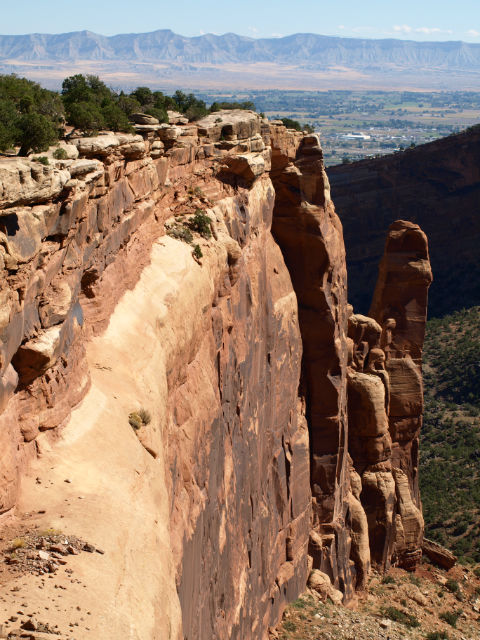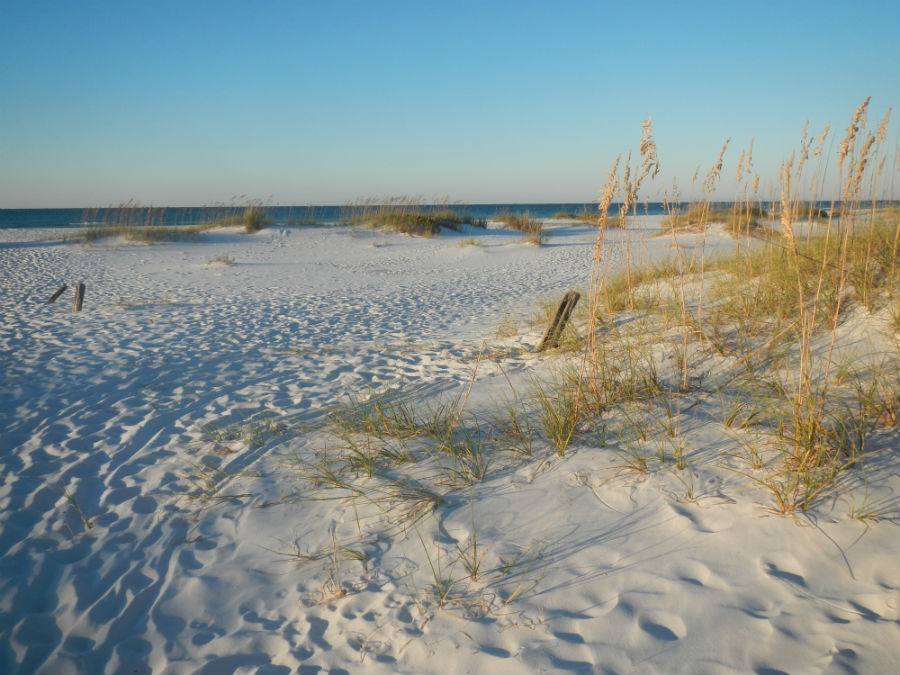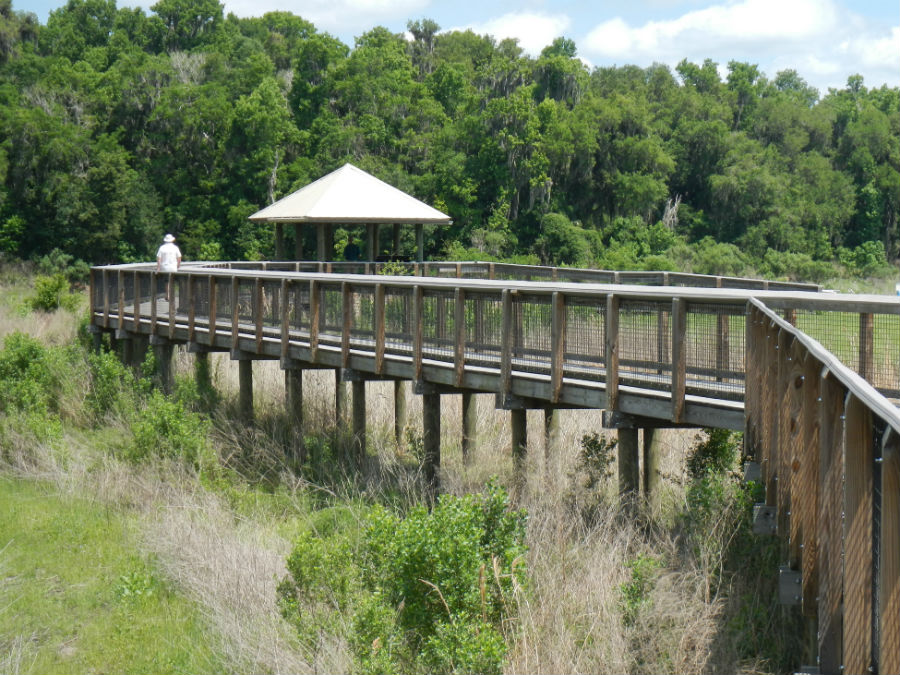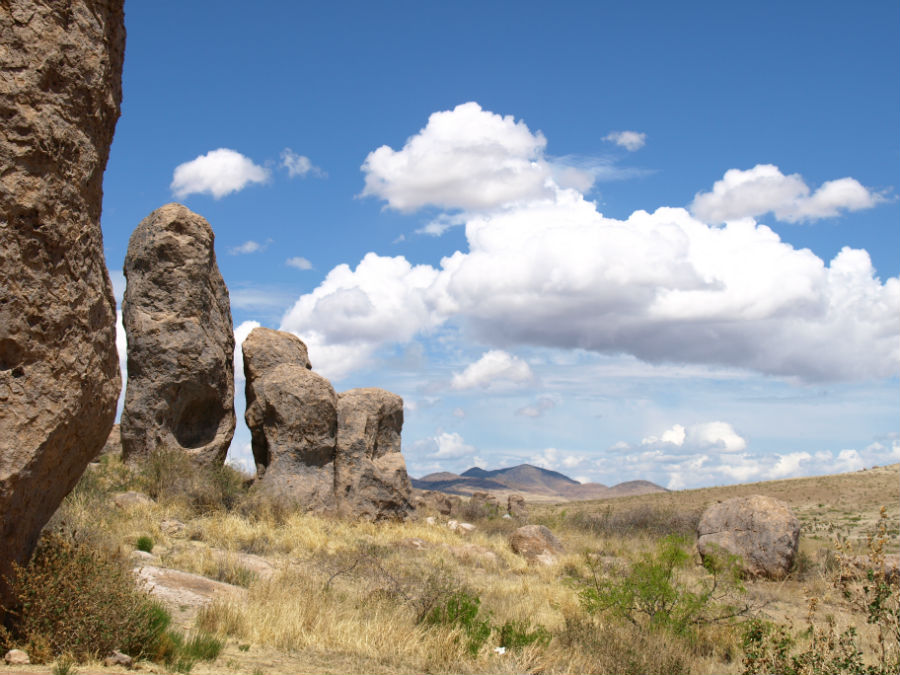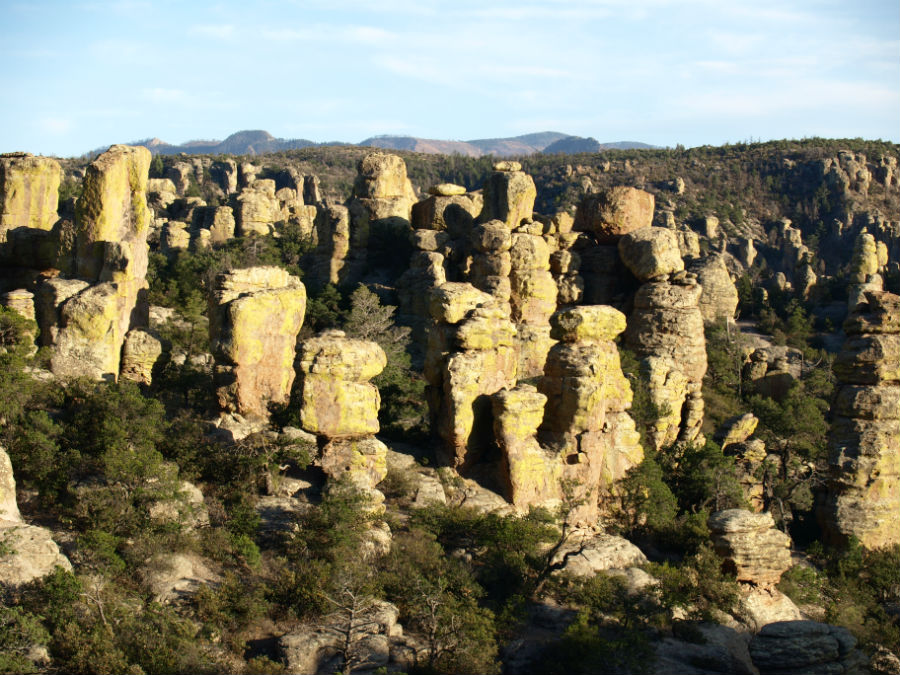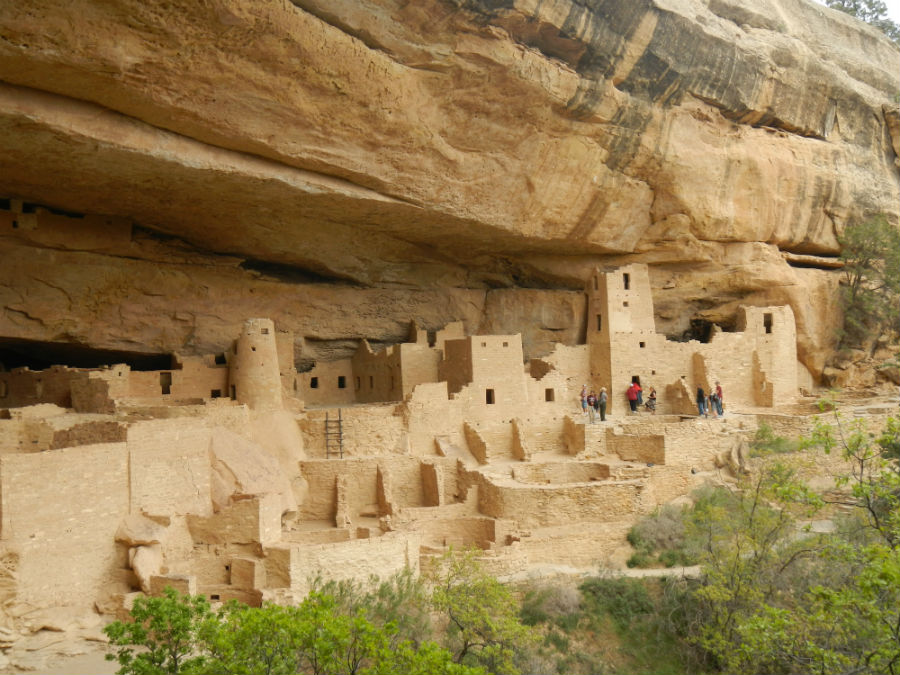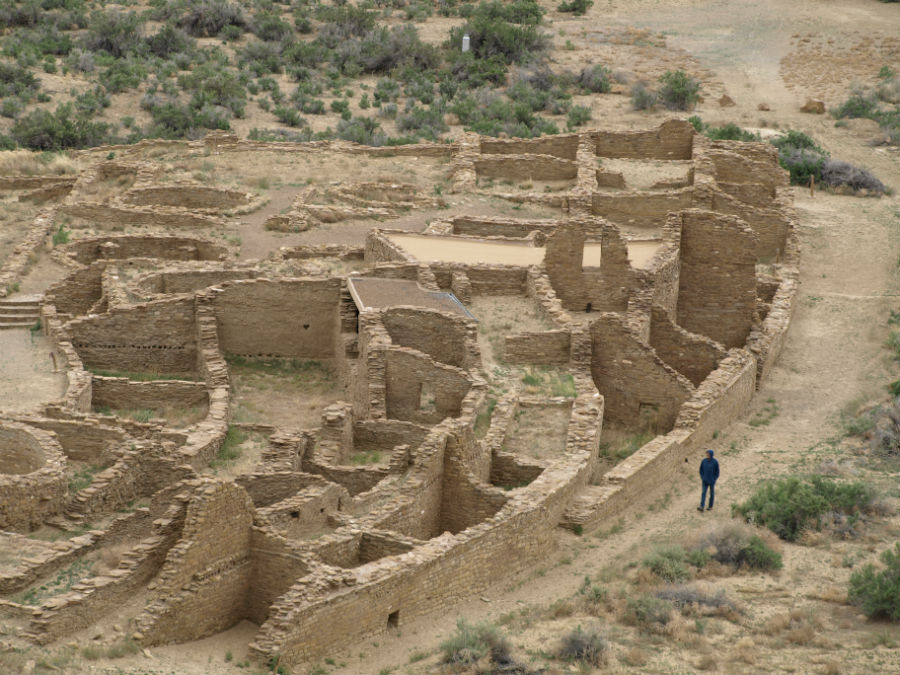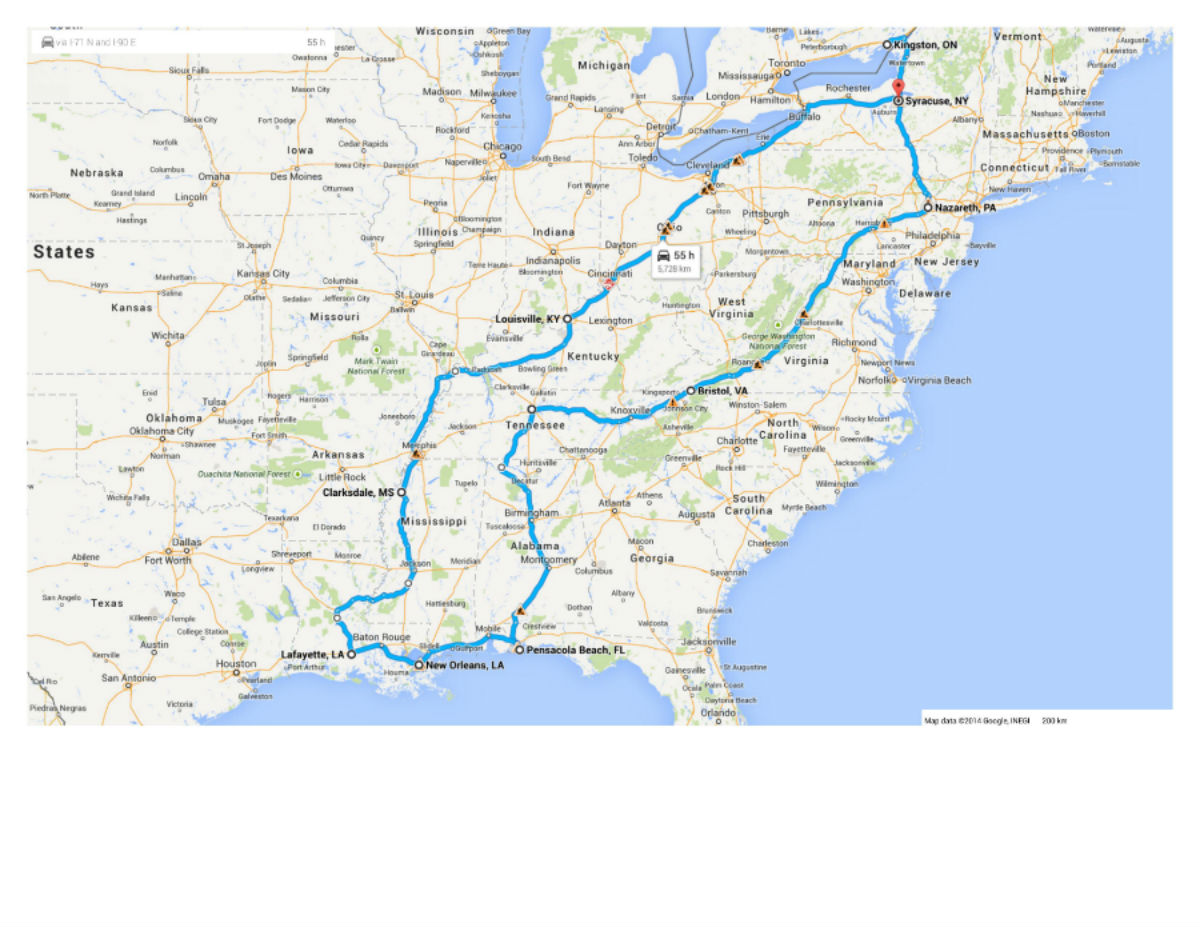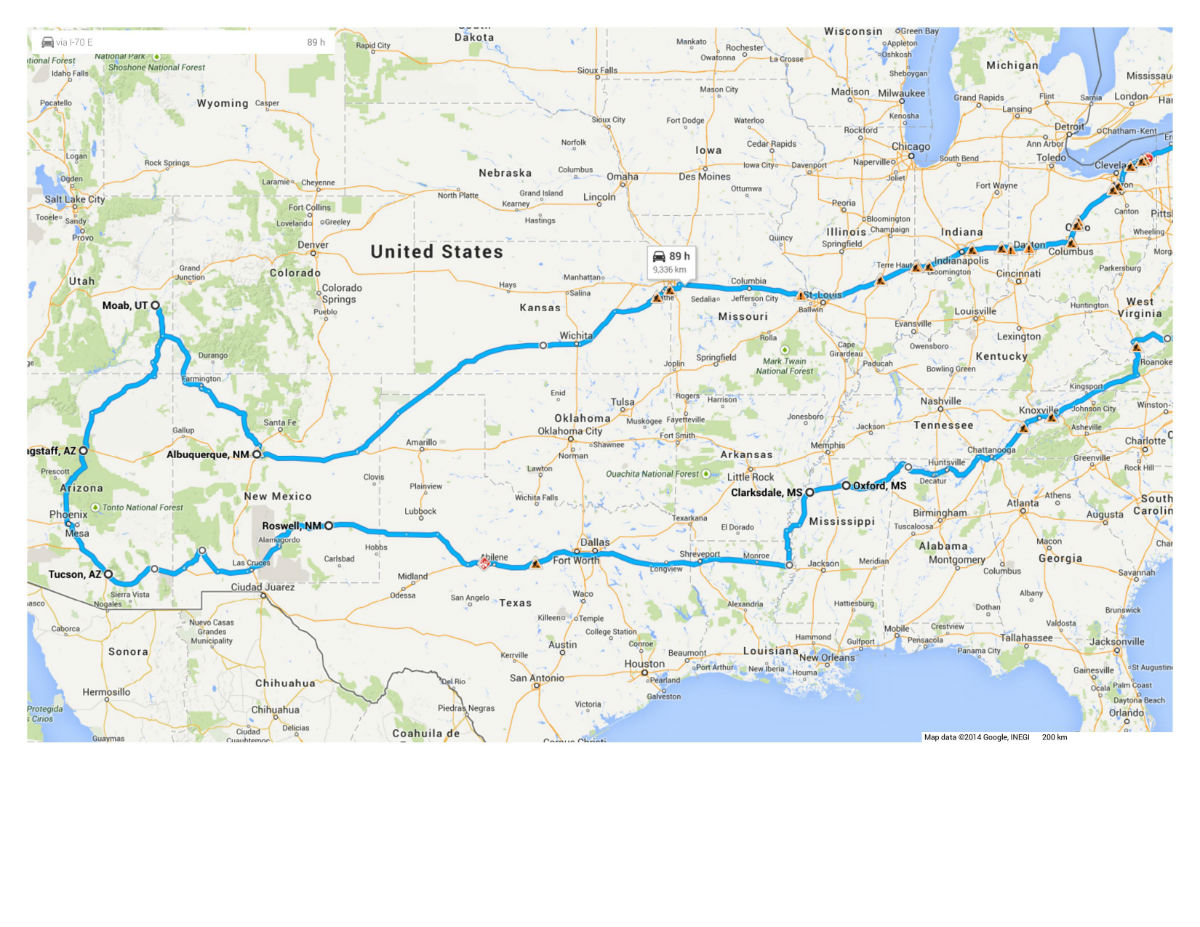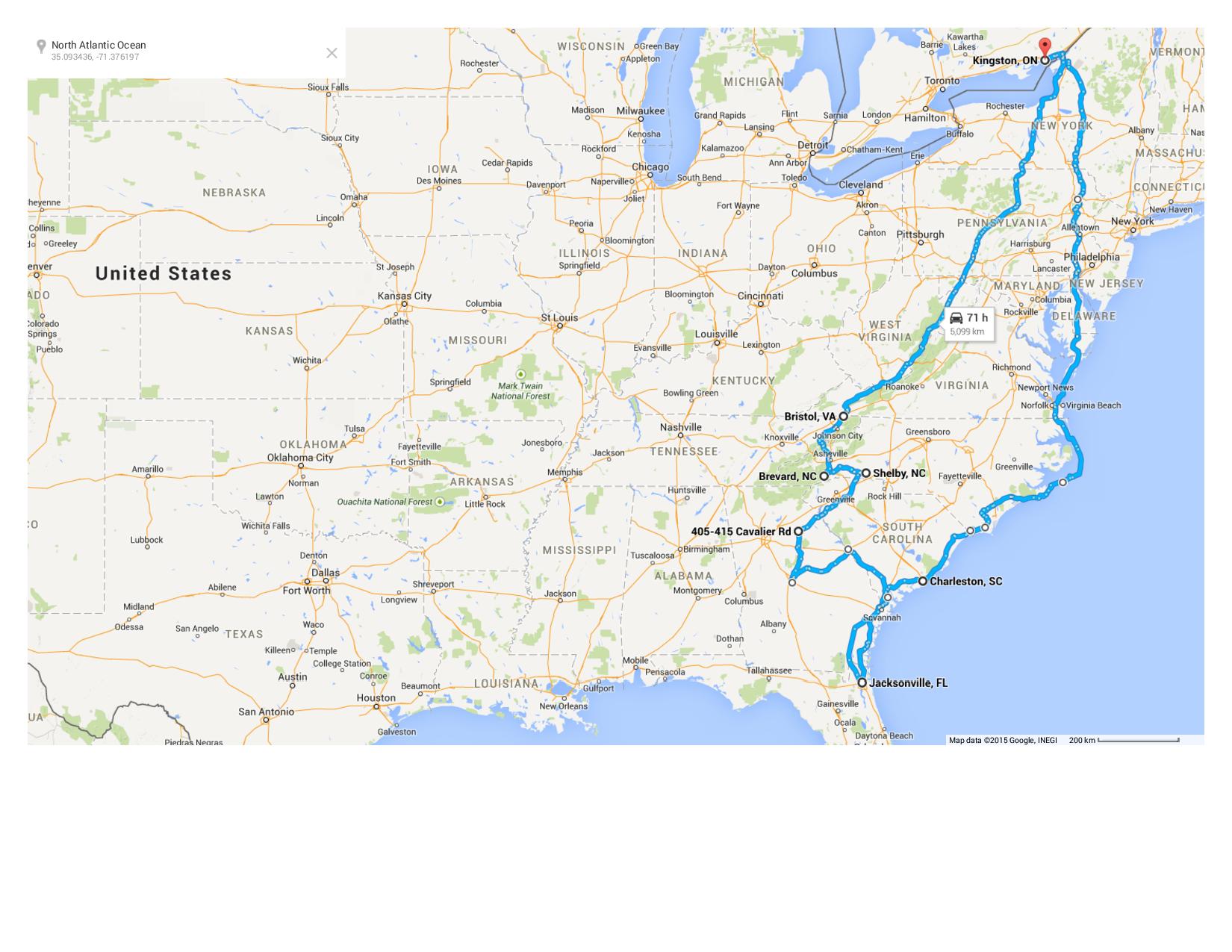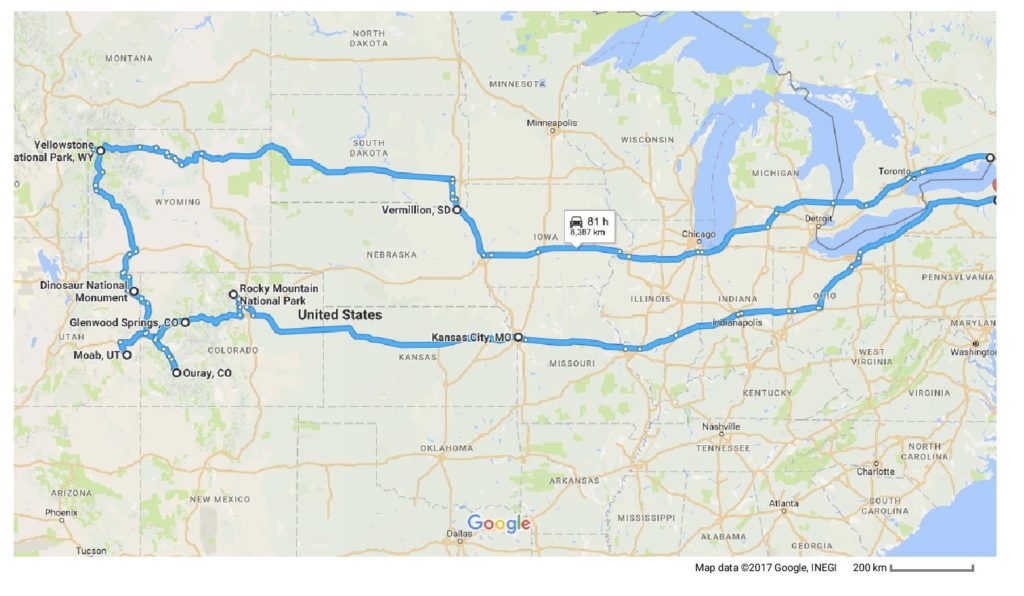Estes Park is the small Colorado gateway community that sits at the very eastern edge of Rocky Mountain National Park. It started as a ranching community but quickly switched its focus to tourism. RMNP is the third most-visited park in the National Park System – people come for the mountain scenery, the watchable wildlife and the hiking, biking and rock climbing. Denver and Boulder are a short drive away.
Quirky fact: In the 1970s, Stephen King was stranded here in a snowstorm and stayed overnight at The Stanley Hotel, the town’s most historic property. He and his wife were the hotel’s only guests. It’s said that that night at The Stanley was the inspirational fodder for his novel, The Shining. They play the creepy movie on a continuous loop in the hotel.
Fall is a busy time at RMNP – people are drawn to the park to see the elk rut. And it’s not too hard to find as the elk are everywhere. On the hillsides, on the grasslands, on the roadsides, on the road. Dawn or dusk are best spotting times. Jo spent an evening on the excellent Rocky Mountain Conservancy’s Elk Expedition with naturalist guide Kevin Cook. Kevin knows everything there is to know about elk. Stumping him is … impossible.
We drove along the Old River Road and came across a lonely looking “bachelor bull” – one sad looking guy without a harem of females. Another mile along was a whole different story – a strutting alpha bull with a harem of about 15 females. Kevin explains: “A harem is a social unit that is managed by a single alpha bull called the harem master.” Bulls are very protective of their harem of cows and this one didn’t want anyone messing with his women.
When you assemble several social units together, you get a herd. This only happens after the males have “done their duty” and all the females are impregnated (tough job, but someone has to get it done). At this point the male loses breeding interest and scales back his aggressive behaviour.
During the two-month long rut (the breeding season), the harem master “bugles” to keep other males away, marking his territory. It’s a wonderful sound! He expends a lot of energy and attention in keeping his harem of cows together. That’s why the rutting season can be a dicey time for human visitors – you have to be very careful not to get between a bull and his cows, or to make the bull feel threatened by getting too close. The park ranger tells us they sometimes see visitors trying to get close enough to take selfie-style photos!
What you need to remember is that the bull elk is about 800 lbs and can run four times faster than a human. You do the math.
